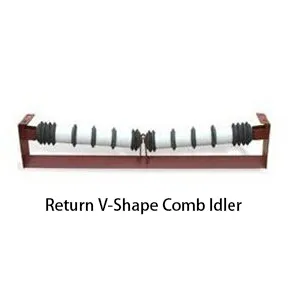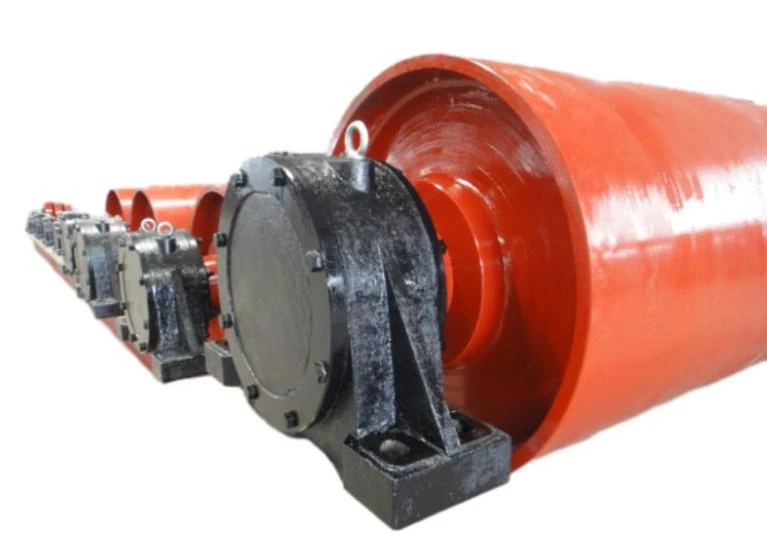 Afrikaans
Afrikaans  Albanian
Albanian  Amharic
Amharic  Arabic
Arabic  Armenian
Armenian  Azerbaijani
Azerbaijani  Basque
Basque  Belarusian
Belarusian  Bengali
Bengali  Bosnian
Bosnian  Bulgarian
Bulgarian  Catalan
Catalan  Cebuano
Cebuano  Corsican
Corsican  Croatian
Croatian  Czech
Czech  Danish
Danish  Dutch
Dutch  English
English  Esperanto
Esperanto  Estonian
Estonian  Finnish
Finnish  French
French  Frisian
Frisian  Galician
Galician  Georgian
Georgian  German
German  Greek
Greek  Gujarati
Gujarati  Haitian Creole
Haitian Creole  hausa
hausa  hawaiian
hawaiian  Hebrew
Hebrew  Hindi
Hindi  Miao
Miao  Hungarian
Hungarian  Icelandic
Icelandic  igbo
igbo  Indonesian
Indonesian  irish
irish  Italian
Italian  Japanese
Japanese  Javanese
Javanese  Kannada
Kannada  kazakh
kazakh  Khmer
Khmer  Rwandese
Rwandese  Korean
Korean  Kurdish
Kurdish  Kyrgyz
Kyrgyz  Lao
Lao  Latin
Latin  Latvian
Latvian  Lithuanian
Lithuanian  Luxembourgish
Luxembourgish  Macedonian
Macedonian  Malgashi
Malgashi  Malay
Malay  Malayalam
Malayalam  Maltese
Maltese  Maori
Maori  Marathi
Marathi  Mongolian
Mongolian  Myanmar
Myanmar  Nepali
Nepali  Norwegian
Norwegian  Norwegian
Norwegian  Occitan
Occitan  Pashto
Pashto  Persian
Persian  Polish
Polish  Portuguese
Portuguese  Punjabi
Punjabi  Romanian
Romanian  Russian
Russian  Samoan
Samoan  Scottish Gaelic
Scottish Gaelic  Serbian
Serbian  Sesotho
Sesotho  Shona
Shona  Sindhi
Sindhi  Sinhala
Sinhala  Slovak
Slovak  Slovenian
Slovenian  Somali
Somali  Spanish
Spanish  Sundanese
Sundanese  Swahili
Swahili  Swedish
Swedish  Tagalog
Tagalog  Tajik
Tajik  Tamil
Tamil  Tatar
Tatar  Telugu
Telugu  Thai
Thai  Turkish
Turkish  Turkmen
Turkmen  Ukrainian
Ukrainian  Urdu
Urdu  Uighur
Uighur  Uzbek
Uzbek  Vietnamese
Vietnamese  Welsh
Welsh  Bantu
Bantu  Yiddish
Yiddish  Yoruba
Yoruba  Zulu
Zulu يانۋار . 13, 2025 11:57
Back to list
conveyor belt idler design
In the engineering and manufacturing realms, the intricacies of conveyor belt idler design hold a pivotal role. Understanding the complex dynamics at play can significantly enhance operational efficiency and prolong the lifespan of conveyor systems, minimizing downtime and maintenance costs.
Additionally, the design consideration of bearing housing cannot be overlooked. Bearings must be adequately sealed to prevent contamination from dust, moisture, and other environmental factors prevalent in industrial settings. Thus, an efficient sealing system, potentially involving labyrinth or lip seals, ensures longevity by reducing maintenance intervals and preventing unexpected breakdowns. Integration of modern monitoring systems is also a viable advancement. Smart idlers embedded with sensors and connected to a central monitoring system can provide real-time data analytics. These systems enable predictive maintenance by notifying operators of potential issues before they escalate into logistical bottlenecks, thus fostering a proactive maintenance culture. Moreover, adherence to industry standards like the CEMA (Conveyor Equipment Manufacturers Association) guidelines is indispensable to ensure safety, interoperability, and optimal performance. These standards guide designers to maintain consistency and quality control throughout the idler production process. In conclusion, pursuing excellence in conveyor belt idler design necessitates a thorough understanding of the application's specific requirements, an acute focus on materials and balancing, advanced bearing protection systems, and embracing technology for sustainability and durability. By adhering to these principles and engaging with authoritative industry standards, businesses can optimize their conveyor systems, ensuring efficiency, reliability, and cost-effectiveness well into the future.


Additionally, the design consideration of bearing housing cannot be overlooked. Bearings must be adequately sealed to prevent contamination from dust, moisture, and other environmental factors prevalent in industrial settings. Thus, an efficient sealing system, potentially involving labyrinth or lip seals, ensures longevity by reducing maintenance intervals and preventing unexpected breakdowns. Integration of modern monitoring systems is also a viable advancement. Smart idlers embedded with sensors and connected to a central monitoring system can provide real-time data analytics. These systems enable predictive maintenance by notifying operators of potential issues before they escalate into logistical bottlenecks, thus fostering a proactive maintenance culture. Moreover, adherence to industry standards like the CEMA (Conveyor Equipment Manufacturers Association) guidelines is indispensable to ensure safety, interoperability, and optimal performance. These standards guide designers to maintain consistency and quality control throughout the idler production process. In conclusion, pursuing excellence in conveyor belt idler design necessitates a thorough understanding of the application's specific requirements, an acute focus on materials and balancing, advanced bearing protection systems, and embracing technology for sustainability and durability. By adhering to these principles and engaging with authoritative industry standards, businesses can optimize their conveyor systems, ensuring efficiency, reliability, and cost-effectiveness well into the future.
Next:
Latest news
-
Trusted Conveyor Solutions from Leading Conveyor Idler Roller ManufacturersNewsJun.27,2025
-
Reliable Return Idler Solutions for Efficient Belt Conveyor SystemsNewsJun.27,2025
-
Precision Conveyor Accessories for Streamlined Material HandlingNewsJun.27,2025
-
High-Quality Belt Conveyor Idler Solutions for Efficient Material HandlingNewsJun.27,2025
-
High-Performance Belt Conveyor Pulleys for Reliable Material HandlingNewsJun.27,2025
-
Enhancing Material Handling EfficiencyNewsJun.27,2025
OUR PRODUCTS





























